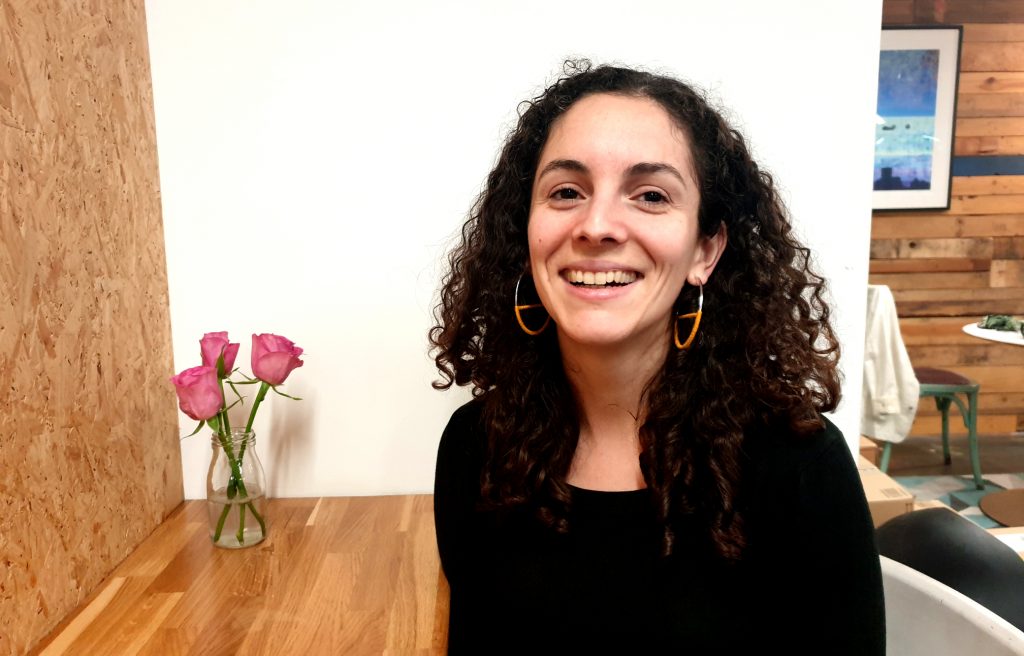
I’m a PhD student at Kingston University doing research in sustainable design. This involves exploring the boundaries of service design and how it interacts with the world.
I’m also a service designer at Essex County Council. I help staff to reimagine what’s possible for our services and users.
While they complement each other they’re not the same.
Service design theory is a luxury
Service design is a relatively new discipline. It’s an art, a social science, as well as a profession.
In my academic work, I read widely and deeply to analyse and reflect on how things work. Interrogating a process is normal in the academic world. I’ve got a certain amount of leeway for picking holes and criticising.
In my working life, this kind of reflection isn’t possible though. I have to be careful about the way I phrase things. Decisions have to be made, deadlines met. Things are constantly moving forwards. I have to get to grips with a totally new area in almost every project. It could be anything from who gets a Blue Badge to how we look after elderly relatives.
Stakeholders are users too
I find that the best way to bring the theory and practice together at work is to view my stakeholders as a type of user. This includes everyone from the frontline teams, call handlers and leadership team. They’re all trying to achieve something and service design can help them do that.
Finding a common language
Often the first step is making sure everyone is speaking the same language. This is something that’s often taken for granted in academia. There’s an established way of expressing arguments and debating. But sometimes life is more complicated than this.
If I’m going to gather information and map it in a meaningful way, I need to know what my colleagues are talking about and they need to understand each other.
We’re used to doing this for all sorts of users. We wouldn’t dream of talking to the public in academic jargon on the essex.gov.uk, but all too often that’s what we end up doing with each other.
I need to make sure that people’s motivations, obstacles and experiences are captured and articulated. Not just for me as a design professional, but so that they’re clear for everyone involved in the project.
Involve people in design decisions
We want conclusions to be baked into the process organically from a position of mutual understanding, not dropped like a cherry on top. People need to feel involved in the decision-making process.
I see myself as being the catalyst in the mix that allows this to happen. This can be through facilitating workshops, mapping sessions, asking questions and presenting findings. None of this is meaningful if you’re not listening to what the services are telling you.
The right approach
There’s not just one way of doing this. It’s an approach rather than a method.
We all become designers when we have the freedom to explore processes and issues. Almost anyone who’s been working in an area for any length of time will have something valuable to contribute.
When people who’ve been working in related areas start talking, then you start to get to grips with the pain points and the areas for potential. What makes us experts is being able to organise these valuable contributions into an output.
Service design needs to be put into practice
Design is fundamentally about meeting people’s needs. Deciding what these are and how they should be met is a responsibility. It has ethical and methodological implications. When something empowers people to achieve their goals, more often than not, this is design. We can only empower people to achieve their goals if designers, stakeholders and users understand one another.
When I started my PhD, I decided that only doing research wasn't for me. I like mixing theory and applying it at work, even though working and studying means it'll take longer to complete my PhD. Having a rigorous academic background gives me confidence at work. I feel I have a balance that makes what I'm doing even more meaningful. And ultimately, design can’t fully exist until it’s put into practice.
1 comment
Comment by Mr M P Cole Esq posted on
Great stuff! 👍🤜🤘